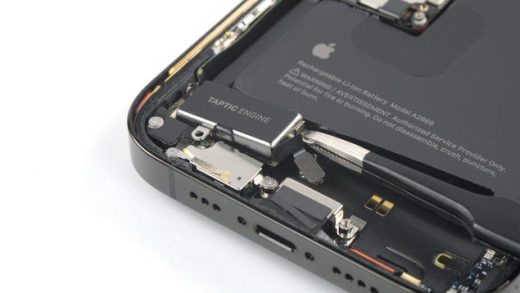It sounds ridiculous, but free broadcast TV offers noticeably higher visual quality than expensive cable. But they both operate at a 1080p resolution, so what gives? Why does a simple antenna get you a better picture than pricey cable TV?
Free TV Isn’t Just Sesame Street
Before we get into why OTA TV looks better than cable, we need to understand that OTA TV isn’t as useless as people like to imagine. In fact, there’s a chance OTA TV can comfortably replace your cable subscription.
Free TV isn’t just PBS and local news. Most of the major television channels (especially sports channels) simultaneously broadcast on OTA and cable TV. So, if you’re only using cable to watch networks like ABC, FOX, CBS, and NBC, you’re wasting about $1,000 a year on content you can get in higher quality with a $15 digital antenna. And in most cases, a cheap streaming service can supplement the channels you might lose by ditching cable.
Now that we’ve cleared the air let’s get down to the nitty-gritty. Why does cable look worse than free TV?
RELATED: How to Get HD TV Channels for Free (Without Paying for Cable)
Compression Kills Cable Quality
The obvious difference between cable and OTA TV is channel-density. Cable TV is comprised of a few thousand channels, while OTA TV only broadcasts (at max) 69 channels for each locality. This difference in channel-density is the big reason why cable doesn’t look as good as OTA TV.
Most OTA channels (55 of the 69) sit comfortably on the 470 to 806 MHz UHF spectrum. This spectrum is divided for each channel, so each one has its own 6 MHz band. But 6 MHz isn’t nearly enough bandwidth for HD TV transmissions. So, broadcasters compress their video (reduce the file size) using the lightweight MPEG-2 codec, which leads to only a tiny loss in visual quality.

Cable TV occupies the 54 to 1000 MHz frequency range, with a big emphasis on the 750 MHz and 860 MHz bands. This giant frequency range (with a focus on high bands) translates to a lot of bandwidth—which means cable TV should look better than OTA TV, right?
The problem is the extra bandwidth is only used to host more channels. While OTA TV places just one channel on each 6 MHz band, cable companies use aggressive compression algorithms (like MPEG-4) to shove around 20 channels on each 6 MHz band. As you’d expect, this aggressive compression leads to a dramatic loss in quality. It’s kind of like shoving 20 movies on a single DVD.









